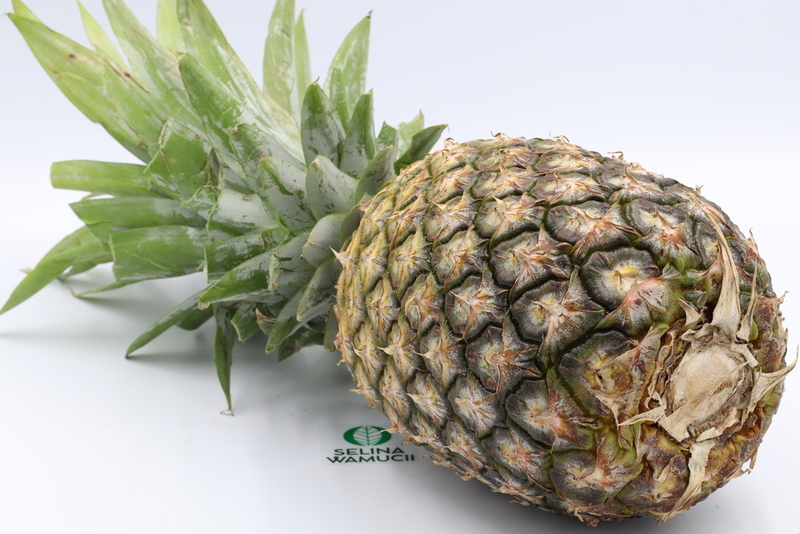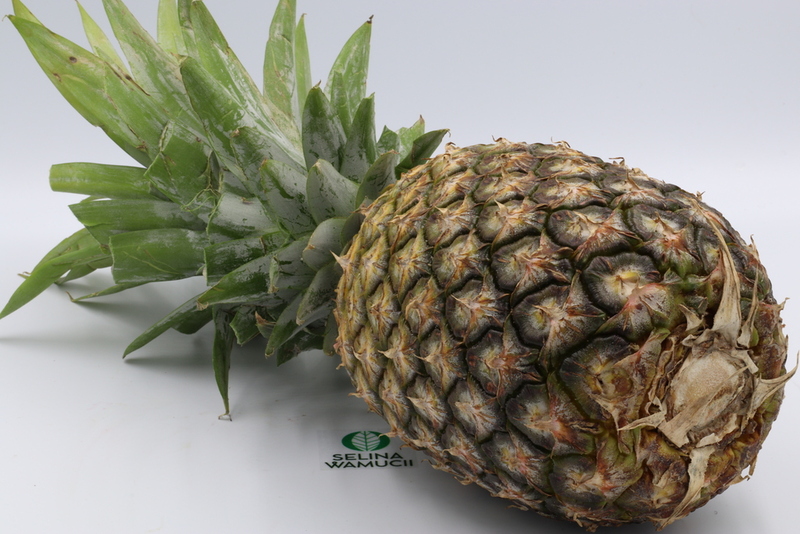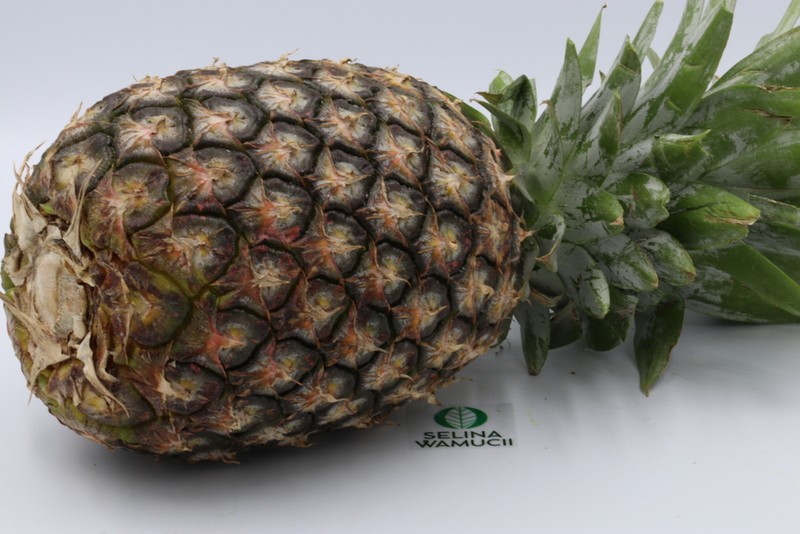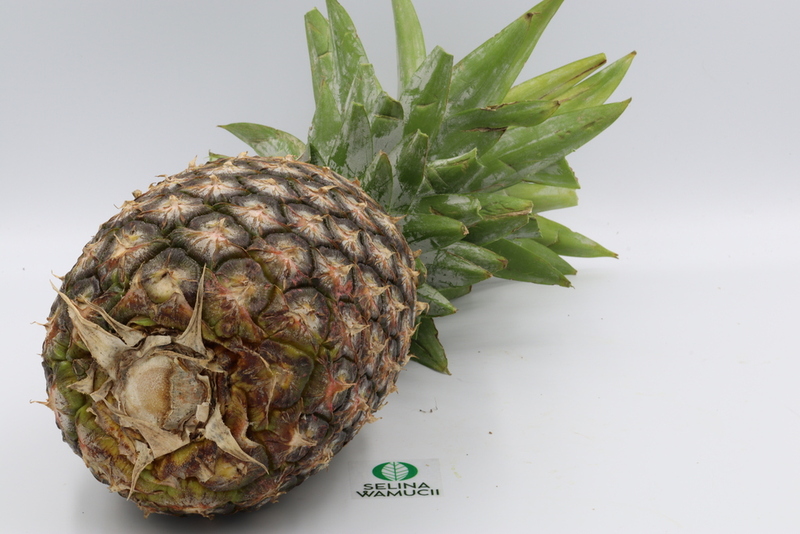Buy Swaziland Pineapples Directly From Exporters & Suppliers - Best of 2025 Market Prices
| Summary | |
|---|---|
| Produce | Swaziland pineapples |
| Common Name | Anana comosus, ananas |
| Size | Plant height: 1.5-1.8m Fruit: 12inches long,1-10pounds. Size 6,8,10,12 |
| Variety | Cayena Lisa, queen, perola, perolera, green selacia, red Spanish and Spanish from Singapore |
| Season | Planting seasons: Feb-Apr June-Dec Harvest seasons: Feb-May Jul-Oct |
| Storage and Packing | 3-4wks,7-12 degrees Celsius, 90%humidity, boxes, cans and cartons |
| Transport Conditions | Short time, specialized vehicle, thermal insulator, temp 10-12 degree Celsius |
Swaziland pineapples were first grown commercially in 1954. Approximately 50% of the total volumes grown are exported and the rest are sold locally.
The pineapple is a tropical plant belonging to the Bromeliaceae family that is grown for its edible fruit. It is the only plant in its family with commercial value. This pineapple plant is originally from the tropical regions of America.
The pineapple plant has a short, thick and strong stem. Its leaves are waxy and sharp with needle-like tips. They are dark green but sometimes may have red or cream stripes. The plant produces purple or red flowers. These flowers produce individual fruits which have a tough skin and a yellow, fibrous and juicy flesh.
A pineapple plant grows to about 1.5 to 1.8 meters in height. Other larger varieties may grow slightly longer than this. The average pineapple fruit is about 12 inches long and may weigh anything between one and ten pounds depending on the variety.
Temperatures between 23 and 32 degrees Celsius and well-drained soils provide the optimum conditions for the proper growth of the pineapple plant. These plants can tolerate cold temperatures for a short period, but freezing temperatures may kill the plant. Waterlogged soils also lead to root rot and consequently lead to the eventual death of the plant.
Swaziland pineapples are mainly planted in the Malkerns, Lobamba, Eluyengweni, Mtilane and Ezulwini areas in the Swaziland middleweld. Pineapple planting in Swaziland occurs in two seasons each year, and this is between February and April and between June and December. The ananas plant has an estimated life span of seven years. It bears its first fruit about two years after planting. Every year after the first fruit, each plant produces just one fruit. There are also two harvesting seasons each year; February to May and July to October.
The variation in the various types of pineapples grown in Swaziland can be attributed to alterations that occur in the plant’s DNA during flowering. This is because the pineapple plant does not self pollinate, and cross-pollination only happens on rare occasions.
There are seven main varieties of pineapple in Swaziland. These include;
- Cayena Lisa: this variety has one of the longest production cycles. It is tolerant of fruit collapse but more prone to plagues and diseases. Its fruit has a pale yellow flesh with juice that has a high sugar content
- Queen: this fruit has a golden yellow pulp. It is harvested right before maturity and is mostly intended for the fresh market. It is highly tolerant of plagues, stress and adverse climatic conditions.
- Perola: this variety was initially cultivated in Brazil. Its average weight is between 0.9 and 1 kilogram and has very high sugar and ascorbic acid content. It can withstand high temperature but is very sensitive to high nutrient levels in the soil.
- Red Spanish: this cultivar is originally from the Caribbean. It weighs about 2kgand has medium sugar and low acidity content. It is resistant to pest and drought.
- Perolera: this type of pineapple is sensitive to pests and stress. It is prone to mechanical damage, especially during shipping. It has low sugar content.
Other varieties of Swaziland pineapples are the green selacia and Spanish from Singapore.
Harvesting of pineapples is labour-intensive as the farmers manually pick the fruits one by one. It is done when the fruit has started turning yellow indicating maturity. Right after harvest, pineapples are washed and sorted for quality check. Whole pineapples are then packed in large boxes while cut pineapples are packed in cans and polythene bags. The boxes and bags are labelled with the product name, country of produce and manufacture and expiry date.
Pineapples can be stored for 3-4 weeks in temperatures between 7 and 12 degrees Celsius. Exposure to temperatures higher than 12 degrees Celsius will lead to early rotting and molding. An optimum humidity of 90% should also be observed.
It is essential to transport pineapples in a short period as possible. Transport is done using specially designed vehicles fitted with thermal insulation. They are transported in controlled temperatures of between 10 and 12 degrees Celsius. If shipped in temperatures below seven degrees Celsius, they may get chilling injuries hence leading to a decrease in market value.
We provide you with access to the rich Swaziland pineapple industry. Sign up to our platform today to get connected with suppliers and buyers of Swaziland pineapples.
Get Instant Quote
Are you a producer of Swaziland Pineapples or other products?
Sign up today for FREE to buy or sell Swaziland Pineapples.





